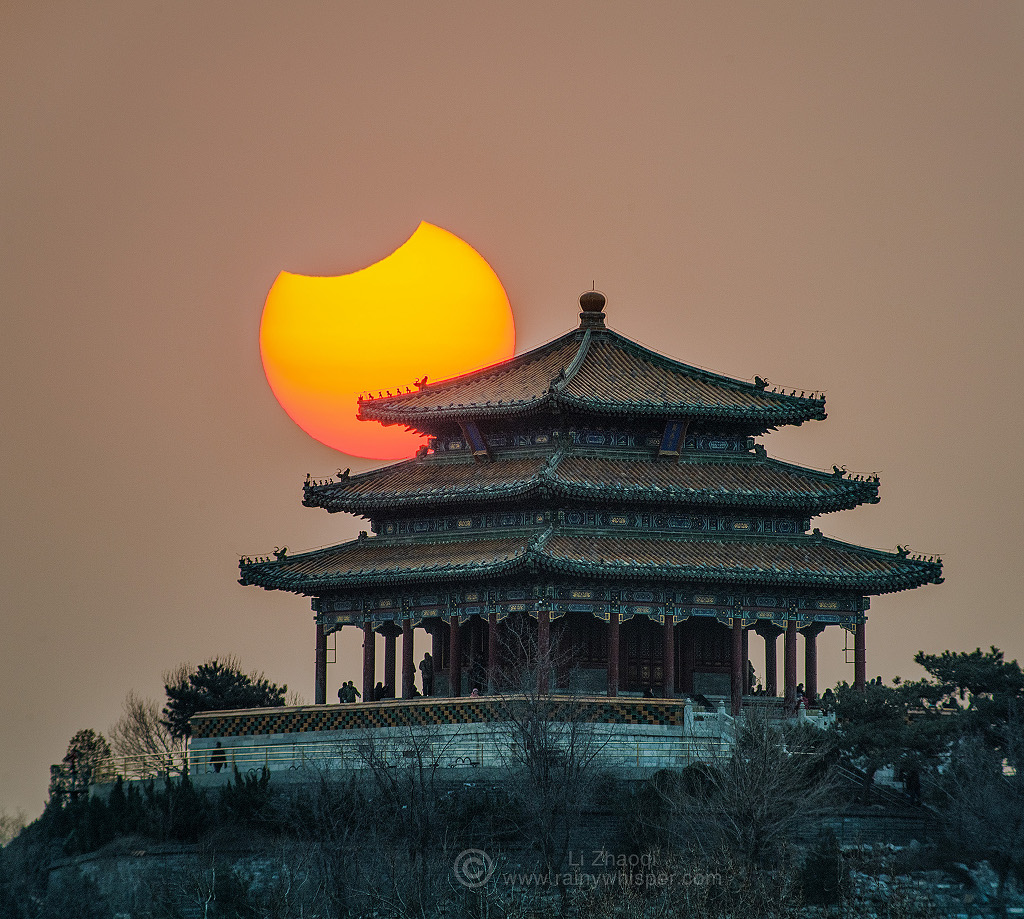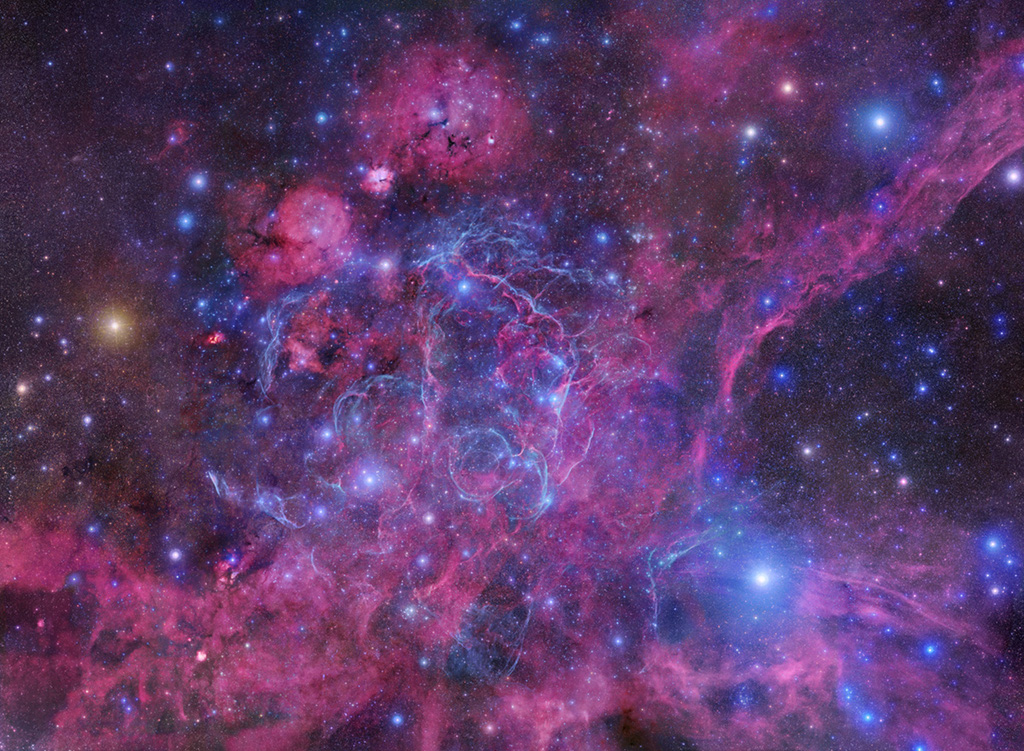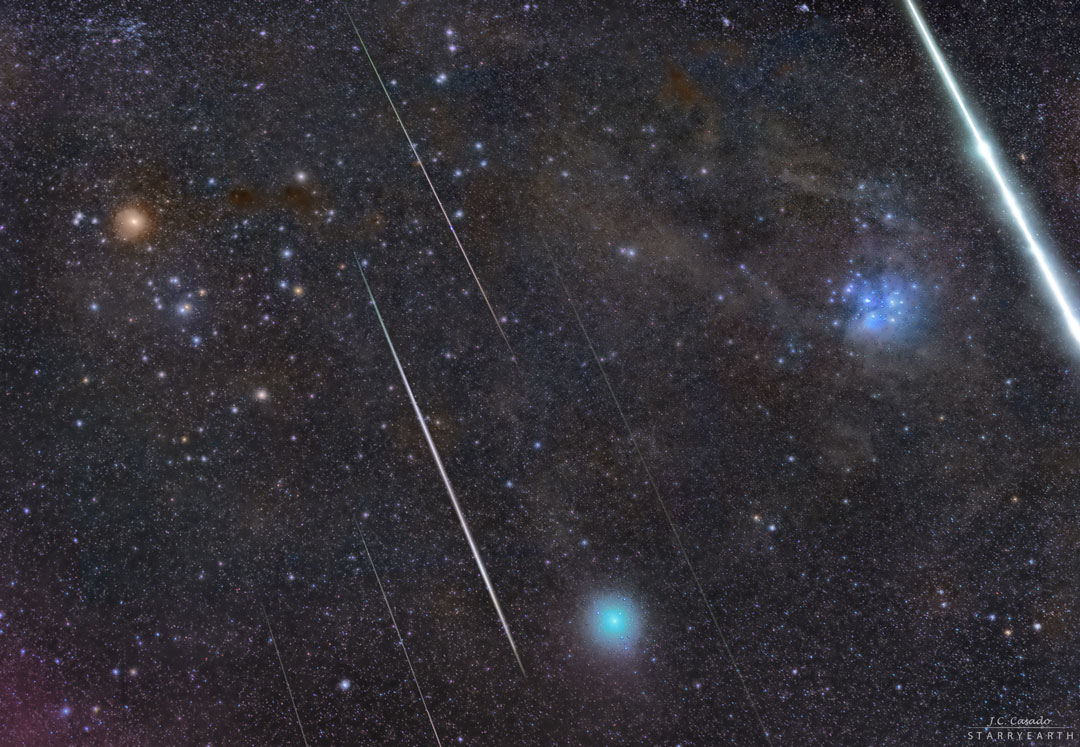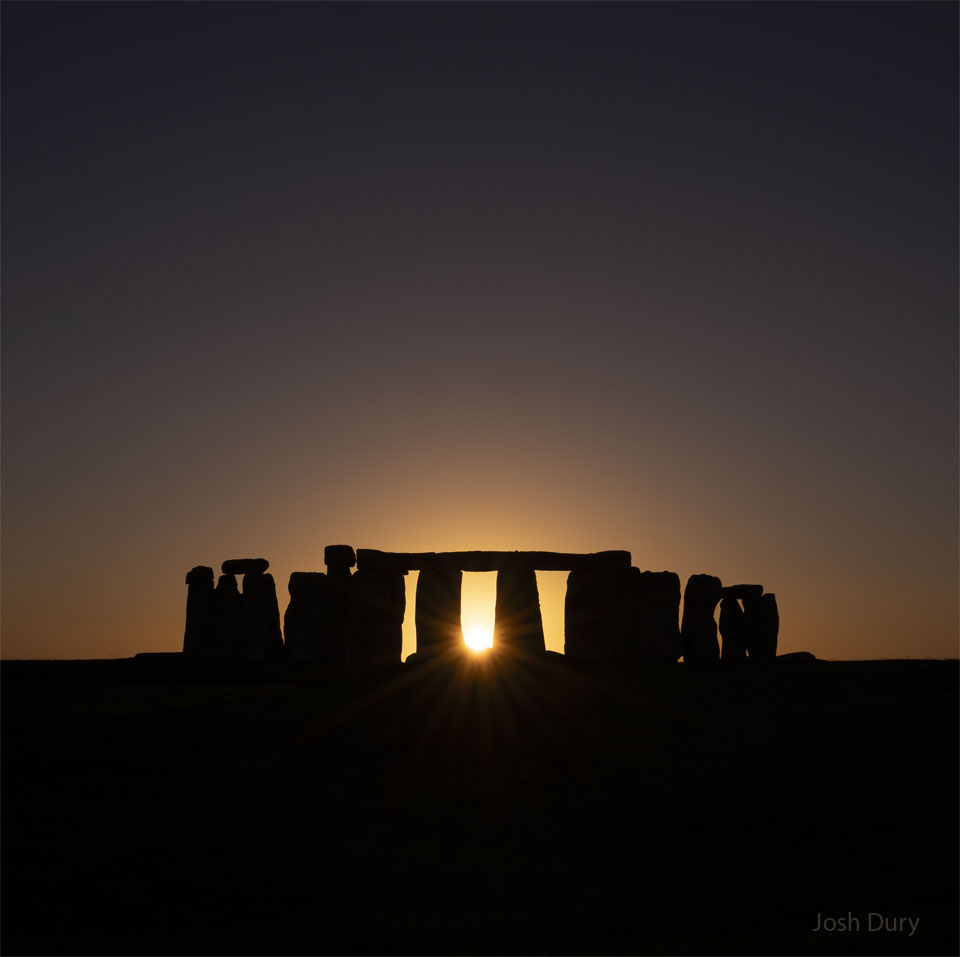"Once Upon a Time in the West"
Nombre total de pages vues
11/01/2019
Science - Astronomy picture of the day - 2019 January 11 : Partial Eclipse over Beijing

Image Credit & Copyright: Li Zhaoqi
Explanation: On January 6 the New Moon rose in silhouette with the Sun seen from northeastern Asia. Near maximum, the dramatic partial solar eclipse is captured in this telephoto view through hazy skies. In the foreground, the hill top Wanchun pavilion overlooking central Beijing's popular Forbidden City hosts eclipse-watching early morning risers. This was the first of five, three solar and two lunar, eclipses for 2019. Next up is a total lunar eclipse during this month's Full Perigee Moon. At night on January 21, that celestial shadow play will be visible from the hemisphere of planet Earth that includes the Americas, Europe, and western Africa.
10/01/2019
Science & Technologie - Astronomy picture of the day - 2019 January 10 - Vela Supernova Remnant Mosaic

Image Credit & Copyright: Robert Gendler, Roberto Colombari, Digitized Sky Survey (POSS II)
Explanation: The plane of our Milky Way Galaxy runs through this complex and beautiful skyscape. Seen toward colorful stars near the northwestern edge of the constellation Vela (the Sails), the 16 degree wide, 200 frame mosaic is centered on the glowing filaments of the Vela Supernova Remnant, the expanding debris cloud from the death explosion of a massive star. Light from the supernova explosion that created the Vela remnant reached Earth about 11,000 years ago. In addition to the shocked filaments of glowing gas, the cosmic catastrophe also left behind an incredibly dense, rotating stellar core, the Vela Pulsar. Some 800 light-years distant, the Vela remnant is likely embedded in a larger and older supernova remnant, the Gum Nebula. Objects identified in this broad mosaic include emission and reflection nebulae, star clusters, and the remarkable Pencil Nebula.
Science & Technologie - Boeing dévoile un concept d’ailes d'avion ultra fines

Boeing et la Nasa développent depuis dix ans des ailes d’avions ultra-minces à l’aérodynamique particulièrement soignée.
Décidément, Boeing sait faire preuve d’inventivité quand il s’agit de donner des ailes à ses nouveaux appareils. Après avoir créé des ailes repliables pour son 777X, afin qu’il puisse mieux se faufiler dans les aéroports, il dévoile un concept d’avion à ailes ultra-fines, les ""Transonic Truss-Braced Wings" (TTBW).
Ces ailes ultra-minces de 52 mètres de long (elles aussi pliables) sont soutenues par des mâts. Elles sont destinées à des avions pouvant voler en vol subsonique, jusqu’à Mach 0,8 (980 km/h). Ce design permet d’optimiser l’aérodynamique et de réduire le son émis par l’appareil.
Usine Nouvelle
09/01/2019
Science - Astronomy picture of the day - 2019 January 9 - Quadrantids

Image Credit & Copyright: Daniel López (El Cielo de Canarias)
Explanation: Named for a forgotten constellation, the Quadrantid Meteor Shower is an annual event for planet Earth's northern hemisphere skygazers It usually peaks briefly in the cold, early morning hours of January 4. The shower'sradiant on the sky lies within the old, astronomically obsolete constellation Quadrans Muralis. That position is situated near the boundaries of the modern constellations Hercules, Bootes, and Draco. About 30 Quadrantid meteors can be counted in this skyscape composed of digital frames recorded in dark and moonless skies between 2:30am and local dawn. The shower's radiant is rising just to the right of the Canary Island of Tenerife's Teide volcano, and just below the familiar stars of the Big Dipper on the northern sky. A likely source of the dust stream that produces Quadrantid meteors was identified in 2003 as an asteroid. Look carefully and you can also spot a small, telltale greenish coma above the volcanic peak and near the top of the frame. That's the 2018 Christmas visitor to planet Earth's skies, Comet Wirtanen.
Astronomie - Le ciel du 9 janvier 2019
Bienvenue, voici votre carte réglée pour votre lieu d'observation.
Repérez facilement les principales étoiles et planètes, et observez que tout le ciel semble tourner autour de l' étoile polaire ! Ainsi, les astres se lèvent et se couchent, et l'aspect du ciel change au long de la nuit...
Utilisation dehors : imprimez cette carte et placez-la au dessus de votre tête, le repère "Horizon NORD" vers le nord. Comparez au ciel observé !
Pourquoi le ciel change-t-il en permanence ? A cause des mouvements de la Terre: comme la Terre tourne sur elle-même, nous voyons défiler le ciel comme si nous étions sur un manège : tout le ciel paraît tourner au fil des heures, autour d'un point voisin de l'étoile polaire (au centre de la carte). Ceci provoque les "levers" et "couchers" des astres. De plus, la course de la Terre autour du Soleil nous fait découvrir une portion de ciel différente selon la période de l'année.à cause des mouvements des astres eux-mêmes:le Soleil, la Lune, les planètes, ont un mouvement perceptible au fil des jours (ou des semaines) par rapport au fond des étoiles. A l'inverse, les étoiles à l'extérieur de notre système solaire sont tellement lointaines qu'elles paraissent fixes au cours d'une vie humaine.
Stelvision
08/01/2019
Astronomy picture of the day - 2019 January 8 - HESS Telescopes Explore the High-Energy Sky
Video Credit & Copyright: Vikas Chander, H.E.S.S. Collaboration; Music: Emotive Piano by Immersive Music
Explanation: They may look like modern mechanical dinosaurs but they are enormous swiveling eyes that watch the sky. The High Energy Stereoscopic System (H.E.S.S.) Observatory is composed of four 12-meter reflecting-mirror telescopes surrounding a larger telescope housing a 28-meter mirror. They are designed to detect strange flickers of blue light -- Cherenkov radiation --emitted when charged particles move slightly faster than the speed of light in air. This light is emitted when a gamma ray from a distant source strikes a molecule in Earth's atmosphere and starts a charged-particle shower. H.E.S.S. is sensitive to some of the highest energy photons (TeV) crossing the universe. Operating since 2003 in Namibia, H.E.S.S. has searched for dark matter and has discovered over 50 sources emitting high energy radiation including supernova remnants and the centers of galaxies that contain supermassive black holes. Pictured last September, H.E.S.S. telescopes swivel and stare in time-lapse sequences shot in front of our Milky Way Galaxy and the Magellanic Clouds -- as the occasional Earth-orbiting satellite zips by.
07/01/2019
Astronomy picture of the day 2019 January 7 - Stars, Meteors, and a Comet in Taurus

Image Credit & Copyright: Juan Carlos Casado (TWAN, Earth and Stars)
Explanation: This was an unusual night to look in the direction of the Bull. The constellation Taurus is always well known for hosting two bright star clusters -- the Pleaides, visible on the right, and the comparatively diffuse Hyades, visible on the left. This night last month, however, was atypically the peak of the Geminid meteor shower, and so several meteors were caught shooting through the constellation with parallel trails. More unusually still, Comet Wirtanenwas drifting through the constellation, here appearing near the image bottom surrounded by a greenish coma. The comet was near its brightest as it sped past the Earth. The orange star on the upper left is Aldebaran, considered to be the eye of the Bull. Aldebaran is the brightest star in Taurus and the 15th brightest star in the sky. The featured image is a combination of nearly 800 exposures taken from the Spanish village Albanyà.
06/01/2019
Music live - Video - Antonio Fauró - Vivaldi - ""Gloria in excelsis Deo"
"Gloria in excelsis Deo"
*Concierto: "Voces para la Paz" (Músicos Solidarios) 2013
Auditorio Nacional de Música de Madrid*
Inscription à :
Commentaires (Atom)
ASTRONOMY - Sunset Solstice over Stonehenge
2025 December 22 Sunset Solstice over Stonehenge Image Credit & Copyright: English Heritage , Josh Dury Explanation: Yesterday the Su...

-
2022 September 26 All the Water on Planet Earth Illustration Credit: Jack Cook, Adam Nieman, Woods Hole Oceanographic Institution ; Data ...
-
2025 May 11 The Surface of Venus from Venera 14 Image Credit: Soviet Planetary Exploration Program , Venera 14 ; Processing & Copyri...